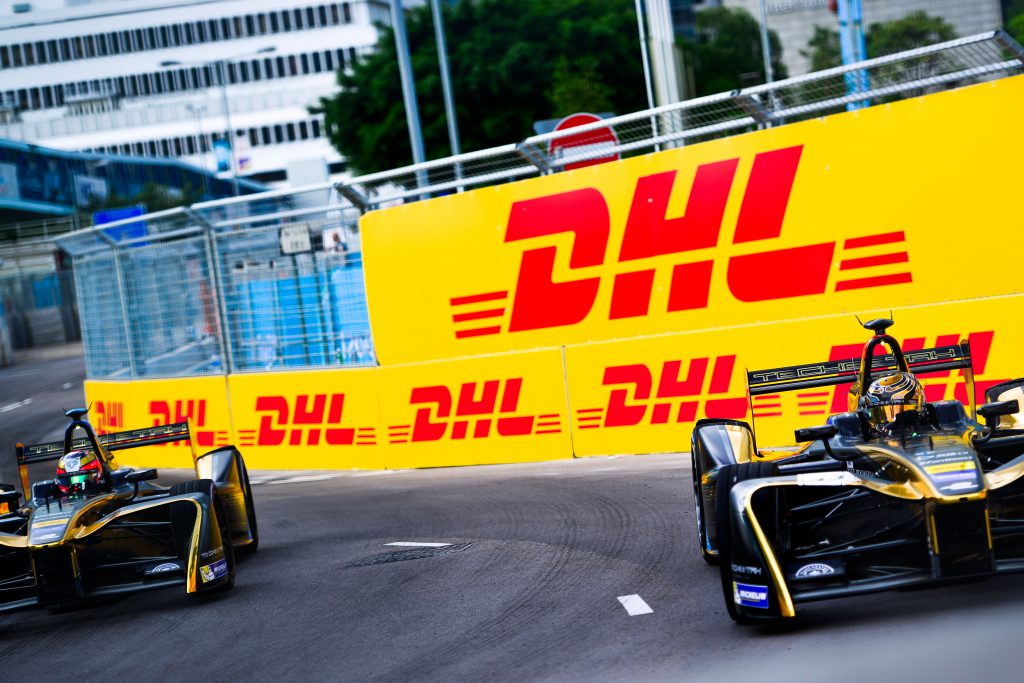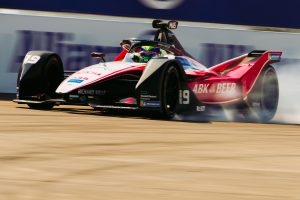Champions. Are they born through genius or formed by endeavour?
In the case of drivers that argument could go on forever. For teams it is a similarly complicated knot to untangle, but they definitely need formative experiences in order to fight for and then claim titles.
Techeetah, now known as DS Techeetah, the team that everyone in Formula E will be trying to finally depose when the season begins with testing next week, is a very rare case in modern motorsport.
It involves two previous iterations of a squad, an ambitious investor/owner and a volatile champion-in-waiting, who came from the margins of Formula 1 to lead it from a poorly prepared upstart to a multiple champion, and all within a few years of its conception.

The story actually stretches back to the very first Formula E race in Beijing back in September 2014. It was attended by several executives from SECA, a sports marketing management company, set up by China Media Capital Holdings in 2010. This was the brainchild of Li Sheng, a former vice-president of global sponsorship for VISA.
Among those present at the public birth of Formula E that day was Edmund Chu, SECA’s managing director. But it wasn’t exactly love at first sight for SECA and the all-electric series.
“I think that it piqued our interest, but we didn’t really think too much about an involvement, to be honest with you, because motorsports wasn’t something that we were heavily involved in,” Chu tells The Race.
That was until Chu had a post-event dinner with the series driving force Alejandro Agag, who unleashed the full might of his potent charisma.
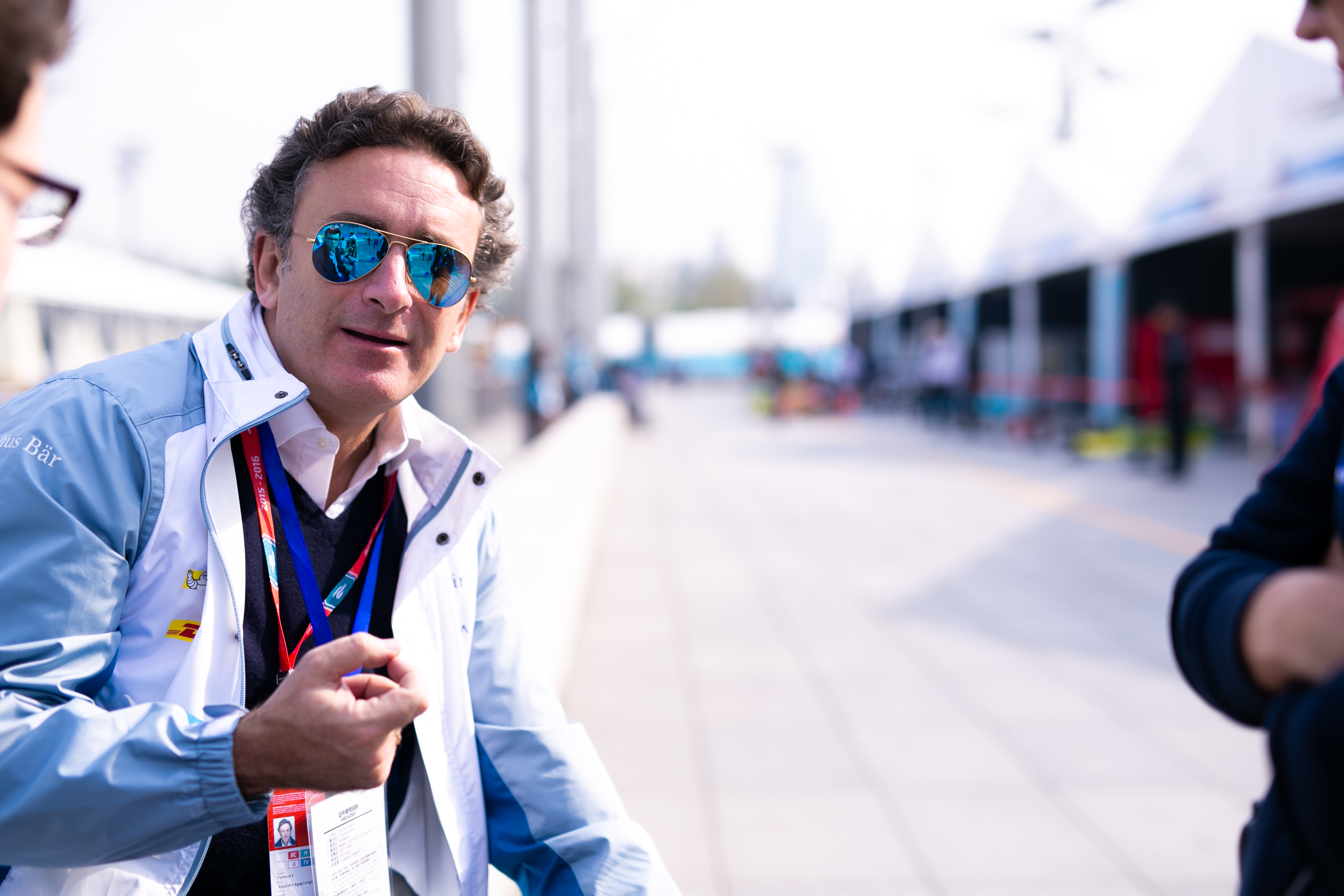
“To be honest with you he sold me completely,” says Chu. “I really loved his energy. I really loved the fact that there was a championship that could fill this void in terms of EV automobiles.
“Obviously that’s something that we all we all know is going to be the future of OEMs and manufacturers.
“We also felt that there was an entertainment value that was associated with it as well, because we thought the city centre racing was a very, very interesting idea.”
With SECA now set on getting involved in the championship, it had the not-inconsiderable task of finding a team.
The prime opportunity lay at the door of the Team Aguri outfit, which was enduring a fitful second campaign with Antonio Felix da Costa and a variety of team-mates. It was a season that quickly started to fracture off the track because of new majority stakeholders in the team.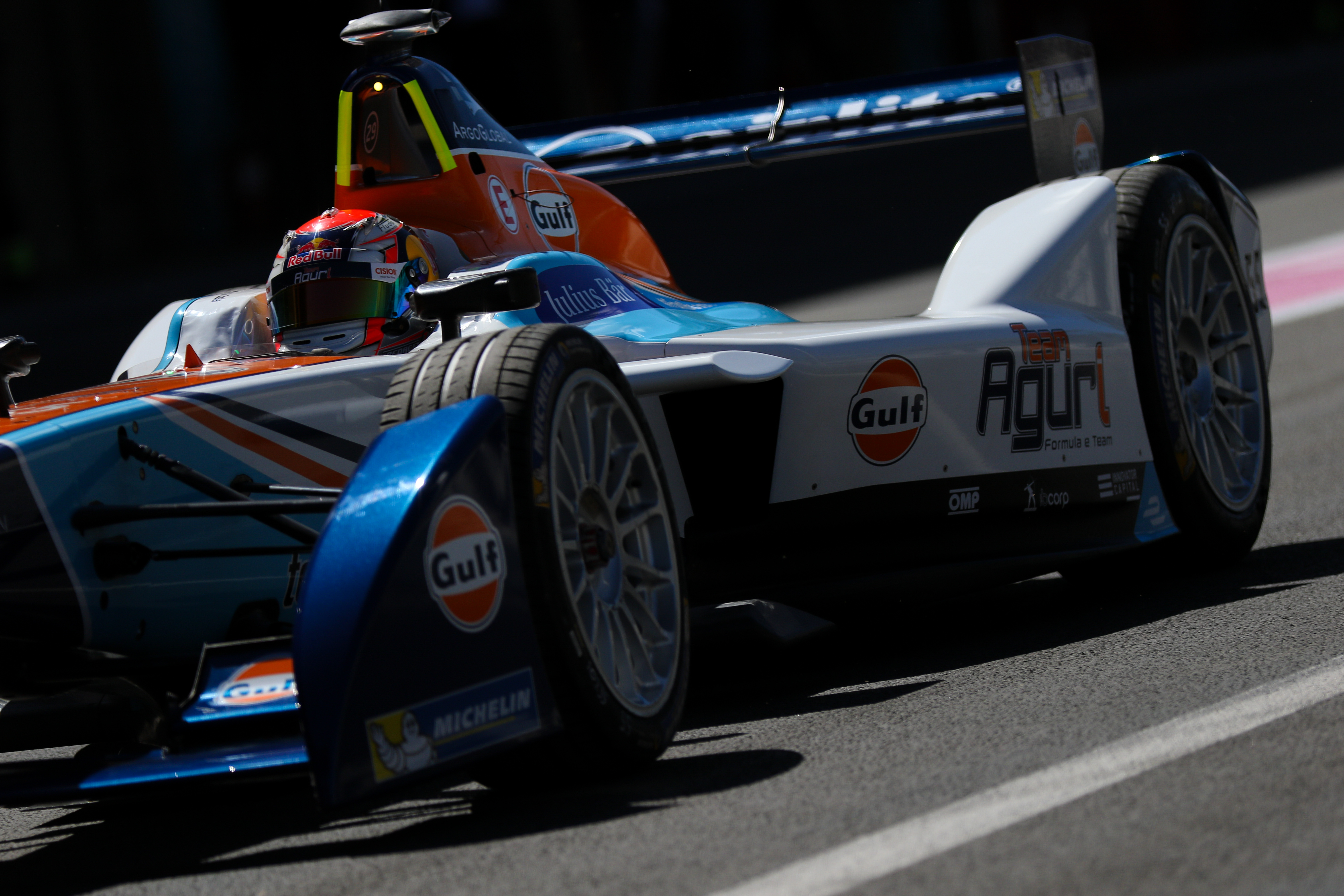
A French and Monegasque collective had acquired the stake in the summer of 2015 and was led by Marc Faggionato, a real estate business owner in the principality.
He deployed several associates to assist with the team for the second season, among them British F3 race winner Bruce Jouanny. Jouanny had co-founded the RS Simulation business in Monaco and was also acting as a respected motorsport industry consultant.
The plans didn’t work and financing of the team was erratic. To his credit, Faggionato saved the team from bankruptcy but the partners he looked for never emerged. He did, however, back the decision to become a Renault powertrain customer, which was instigated by Preston.
By early 2016 it was evident that changes had to be made and the first notice that SECA would become involved came at the first Paris E-Prix that April when Ma Qing Hua took over Salvador Duran’s seat alongside da Costa.
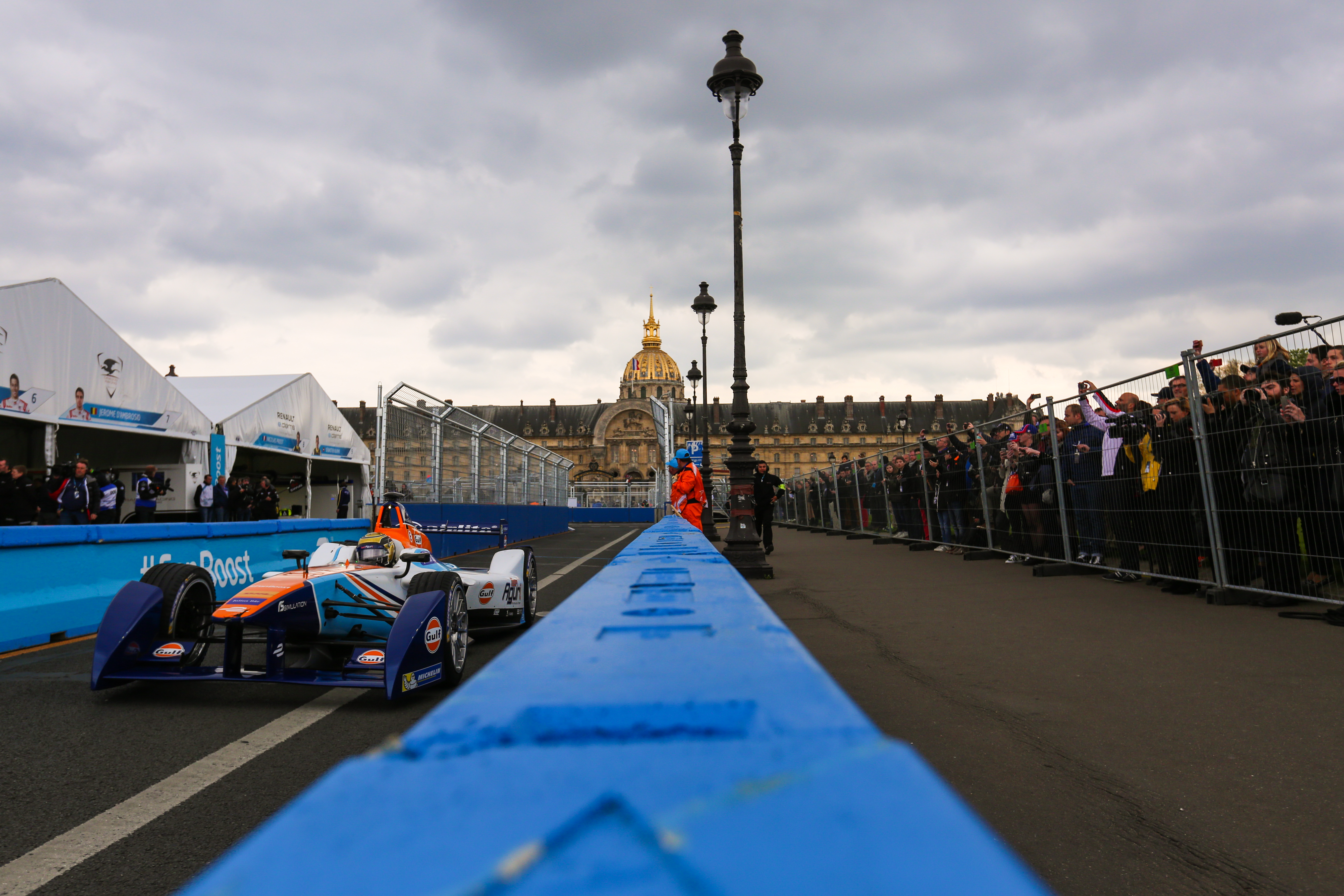
This was effectively SECA’s introduction to Formula E, although any deal with Aguri was still a long way off.
“It wasn’t difficult but it was a very, very complicated process,” says Chu. “There was there was a lot of work that we put into it. And a lot of time and effort.”
Listen to “The phenomenal rise of TECHEETAH featuring Team Principal Mark Preston” on Spreaker.
Some of that included the negotiations with Vergne and his manager Julian Jakobi, who had himself been instrumental in SECA firming up its serious intentions to own a team.
The second London E-Prix at Battersea Park was a crucial weekend for negotiations and according to Preston “we kind of started to get to know the guys”, including SECA commercial chief Ivan Yim.
There was some cross-pollination already in place too, as the team’s engineering chief Leo Thomas had worked with Ma when he had raced for Citroen in the World Touring Car Championship.
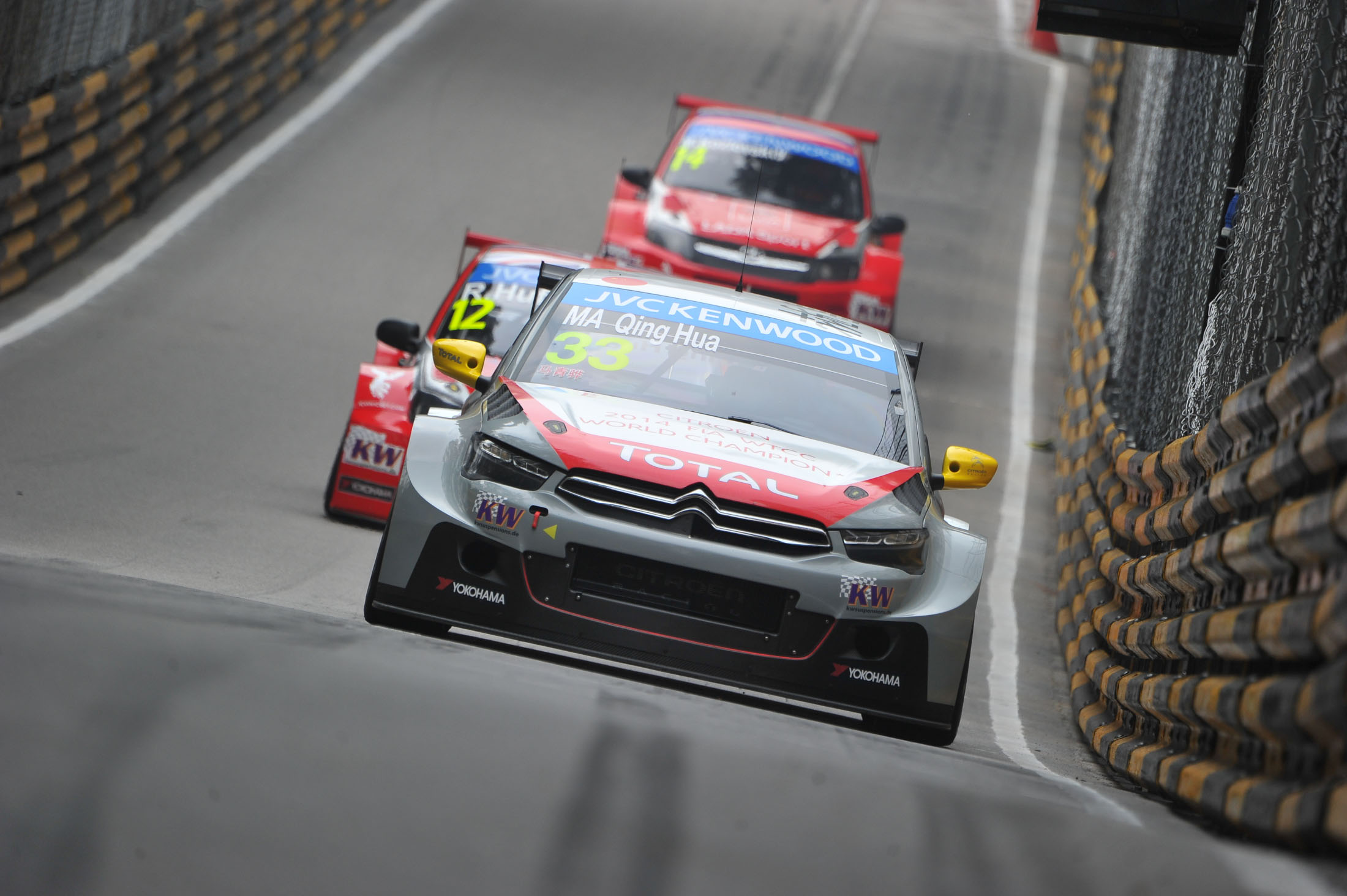
Thomas became an important pillar in the engineering transformation after he had spent the first season working with the Venturi team.
Larger pieces of the jigsaw started to fit the weekend after Battersea too. This was when Preston met with Jakobi and Vergne at Formula 1’s British Grand Prix.
“A lot of things happened at that race and Ivan was doing a lot of the financial stuff in the background, and JEV was more or less in place as lead driver,” recalls Preston.
Preston been working on a plan to get Renault powertrains since the previous autumn and agreed the deal in principle during the early months of 2016. It was a vital and inspired decision.
“I knew [Renault powertrain designer] Vincent Gaillardot from F1 days, and they were used to supplying customers at a high level there,” adds Preston.

“This gives you confidence that they know how to supply to a customer, with the background agreements, the build programme, all the sort of stuff you have to have because there’s lots of things that have to happen in order to supply a second team.
“Renault were good enough to be on hold while the whole thing happened and Alejandro was also making sure that everybody was talking to each other as we were updating Edmund and the guys about what the technical plan was.”
Chu and Yim were having to come up to speed with the motorsport industry and running a team, rather than just being around it during Ma’s time. It was something of a rude awakening.
In August 2016 Ma turned the first wheel on a Techeetah Formula E car when he performed straight-line tests at Donington Park.
At that stage the team was somewhat less than nascent and was using a local bed and breakfast in Castle Donington as a gearbox assembly shop!
Despite an encouraging pre-season test at Valencia, reality dawned at the first two race weekends in Hong Kong and Marrakesh.
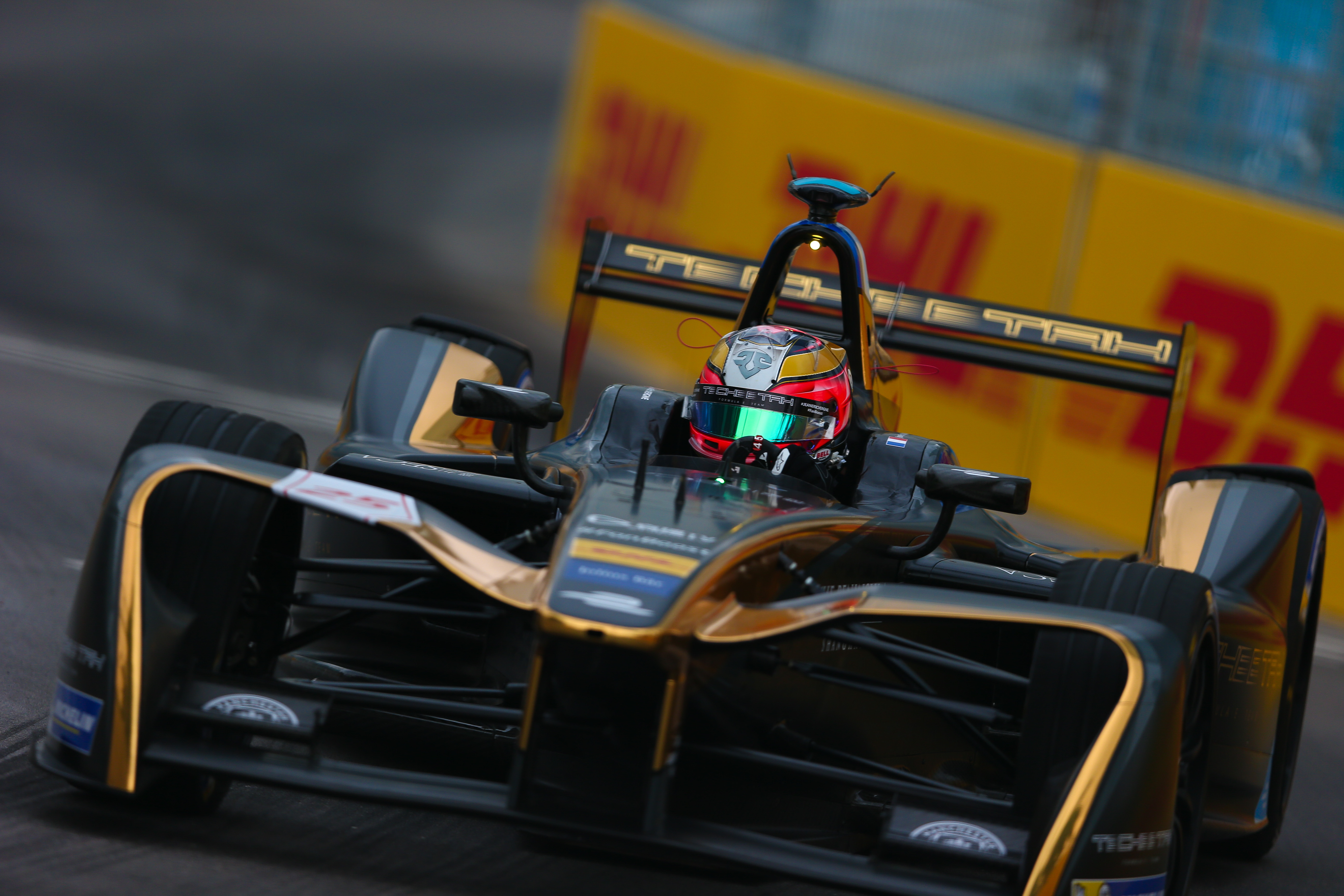
“I was pretty concerned about the first couple of races,” remembers Chu.
“Hong Kong was our backyard so to speak, so we wanted to get off to a good start, because in pre-season testing we were doing pretty good and we had a good powertrain from Renault.
“We thought we could get off to a good start. But, you know, going through what we did in Valencia, where we thought that we had a strong team, and actually competing on the track is two different things completely.”
The nadir came at Marrakesh when Vergne was set for a crack at pole but watched in disbelief as his team failed to release him in time from the pitlane for the Super Pole session.
To add insult to injury, his race was then also compromised due to his pit limiter not working. The resultant penalty consigned Vergne to eighth when he should have been on the podium.

But even at that early stage in the team’s development, Preston knew he and Techeetah were on to a winner, particularly when it came to Vergne.
“When I went to see him at his family kart track you could see the level of professionalism that JEV grew up with, and that sort of spilled over into a lot of the discussions in the early days of what we needed to do to become better,” says Preston.
“I think we all then had in our minds, Leo, myself, JEV, Edmund, Ivan and others, what was the perfect team and so there was lots of heated discussions as we were all getting frustrated with what we had and where we needed to be.
“But the important thing is that we got there.”
They emphatically did.
Two drivers’ titles for Vergne across the 2017/18 and 2018/19 seasons, a works partnership with DS, teams’ crowns for the past two seasons and a third straight drivers’ title for the team with da Costa this year (with Vergne just one point off making it a championship 1-2) marks DS Techeetah out as unquestionably Formula E’s benchmark team even amid the manufacturer influx.


